You can also listen to this podcast on iono.fm here.
CIARAN RYAN: Many people dream about earning a second income from trading, but how realistic is that? Can you do this without quitting your day job and go on to achieve financial freedom, as many people dream of doing?
Now, some people have done this by establishing a core portfolio for long-term wealth growth and then adding to that a strategy portfolio for short-term trading opportunities. With the right guidance tools and risk management, trading can be a powerful vehicle for achieving financial independence. To look into this further we’re joined by Rob van Eyden, CEO of Scope Markets.
Hi, Rob, good to talk to you. Tell us – how realistic is it for somebody to earn a second income on the markets?
ROB VAN EYDEN: Yes, it’s quite possible. It wasn’t quite possible a couple of years ago. With a multitude of platforms and a multitude of instruments, it is quite possible but it is flawed, with a lot of risks in terms of you needing to know what you do. We have seen, and I’ve personally seen, clients who do earn a second income.
I would not recommend that anyone trade full time first of all, unless you’ve a bit of capital to back you up for a couple of months.
But a second income is very plausible. And you mentioned, as well, this combination between a core portfolio and a strategy portfolio, where the strategy portfolio would be more the trading portfolio.
CIARAN RYAN: All right. Now all of this can be done with CFDs, which are contracts for difference. For people who are not familiar with that maybe just explain what they are.
ROB VAN EYDEN: The trading portfolio, the core portfolio, I would not do with CFDs; I would do the trading portfolio.
A CFD is a financial derivative that allows a person to speculate on the price movement of an asset such as a share, indices, forex or commodities, without owning the underlying asset.
In other words, the CFD is an agreement between, let’s say, a trader and a broker to exchange the difference in the price of an asset between the time the contract is open and when it’s closed.
If the price goes up the trader or the person who purchased the CFD earns the difference. If it goes down then the trader incurs a loss.
CIARAN RYAN: So with a CFD you’re basically buying the price movement, you’re not buying the asset itself. So if you’re buying a CFD on a stock like Anglo American, you would get the price movement, but you wouldn’t get the dividend.
ROB VAN EYDEN: Correct. You do not get the dividend. You also do not get ownership, so you don’t own the share. Because of that you don’t have any voting rights and you will not get a dividend.
CIARAN RYAN: All right. So just to delve into this a little bit more – the difference between a core portfolio and a strategy portfolio. In the core portfolio you indicated you would not do that with CFDs. So just explain that.
ROB VAN EYDEN: I think for most people who want to earn a second income, and if you want to dabble in the stock market, the core portfolio to my mind would be about 80% of your total capital, and for most people it would probably be best to invest the bulk in an [exchange-traded fund] ETF [that] tracks indices.
In terms of my own core strategy portfolio, I track the Top 40. And then I’ve also got a local ETF that tracks the S&P 500. So that is my core portfolio. And then the strategy one is where I dabble around with picks.
CIARAN RYAN: Okay. I guess that’s not financial advice you’re giving, that’s your portfolio. So you’re tracking the local market and you’re tracking the S&P 500. That’s your core portfolio and then for the strategy that’s where you would dabble around a bit and take some speculative risks using CFDs.
ROB VAN EYDEN: Correct – with my experience as an investor and managing stockbroking businesses and online trading platforms.
It is very, very difficult for the person out there to do the right stock picks, so most of them are better off using an ETF and tracking the market.
But people do get bored and want a bit of excitement.
Then another advantage of CFDs is that you can trade with a small margin deposit and control a larger position.
You can put in R1 and you can get exposure to R10, just to liven up things a bit more in terms of your total portfolio.
CIARAN RYAN: I guess you’re going to have to put in some time and effort; you’re going to have to understand the markets. How much time would it realistically take for somebody to establish a portfolio like this?
ROB VAN EYDEN: A core portfolio is quite simple. As I mentioned, in my own you would be probably tracking one of the indices and you might add something more, but they would probably be ETFs.
In terms of the CFD, that takes a bit more work. You do need to come up with some method in terms of identifying CFDs where you want to potentially participate.
Because, remember – with a CFD you can actually participate on the upside and on the downside.
That takes a lot of homework. I know people who spend about 20 minutes a day in the evenings looking for opportunities and then place a trade the next day.
So it could be a 20-minute hobby in the evenings. You download your prices if you’re using one of the packages, and you just identify CFDs or underlying shares that meet your requirements.
CIARAN RYAN: Yes, and some people specialise in just a limited number of these instruments. People like oil, for example, or gold, and they kind of stick with that and really get into it and put it under a microscope. Because there are so many thousands of instruments out there it can get a bit confusing for people, right?
ROB VAN EYDEN: Yes, absolutely. I think one of the advantages of CFDs, if we’re looking at the JSE, is that they do not go beyond the Top 100 listed shares in terms of market cap. So the pool size or your universe is about 100.
From personal experience, I would not go beyond the Top 40 because you go into liquidity constraints.
So if you do that locally, nothing’s preventing you here from getting exposure to, for example, the Faang shares. That’s a good one maybe, just to monitor – monitor all the Faang shares – and once there’s an opportunity, you can enter.
CIARAN RYAN: Right. The Faang shares being your Facebooks and your Apples and Microsoft and so on – the big seven tech companies.
ROB VAN EYDEN: 100%. I know clients who just monitor those and just follow those because one of the things in terms of creating a portfolio is that there needs to be an element of diversification. And usually diversification is either across currencies, geographies or sectors.
One of the advantages of CFDs is that you can, for example, go into the Faang shares and some of the sectors aren’t represented on the JSE.
We are very well represented in terms of resources and commodities, but not always in terms of the technology sector; then you need to go and look elsewhere.
CIARAN RYAN: That brings up the question of how you manage the risk and emotions. It’s an extremely emotional thing. People hate losing and they tend to, in many cases, hang on to their losers and get out of their winners quickly – which of course is against all the best advice. How do you manage that?
ROB VAN EYDEN: That’s forever the problem. Research has shown that most people get direction 55-60% correct trading CFDs, and they then aren’t successful.
I think to manage your emotions takes two things. The first thing is that you need to do risk management.
In other words, you need to position how much you are willing to lose. This is contrary to behaviour. We never think in terms of how much we’re willing to lose. We always think in terms of how much we’re going to win. So you need to think in terms of how much you are willing to lose per trade. And then, based on that, buy the equivalent number of CFDs in case it goes down. So, firstly, risk management is critical.
And then secondly managing yourself. Oh, this is a very tough one. You just have to kind of remind yourself why you’re doing it; you also have to kind of remind yourself that losses are part of the game. And you have to remind yourself that you could have a sequence of three or four losses in a row, but on the contrary you could have five wins in a row. So it’s managing yourself.
I think the biggest thing I’ve discovered about fear – it is generated by expectation. So usually when people start dabbling in the stock market, they start with expectations. And when these expectations aren’t met, fear kicks in. Either two things happen – they become reckless or they don’t do anything.
CIARAN RYAN: All right, Rob, just very quickly, tell us about Scope Markets and how people can get started with you.
ROB VAN EYDEN: Yes. Scope Markets – I look after Scope Markets South Africa. We are an international firm and we offer CFDs across all asset classes, locally and globally.
If clients are interested in trading CFDs, they are welcome to go to our local website.
There’s a bit of education there, explaining things. Off you go and explore the world of CFDs.
CIARAN RYAN: Okay. Rob van Eyden from Scope Markets, we are going to leave it there. Thanks very much, Rob.
ROB VAN EYDEN: Thank you very much.
Brought to you by Scope Markets.
Moneyweb does not endorse any product or service being advertised in sponsored articles on our platform.

 6 hours ago
1
6 hours ago
1









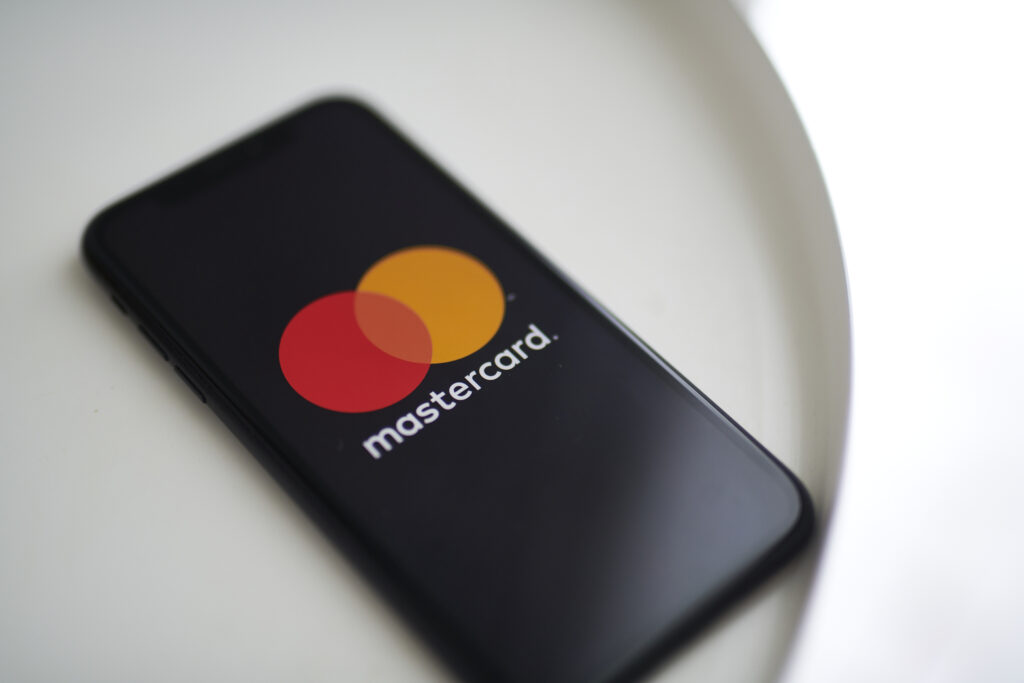

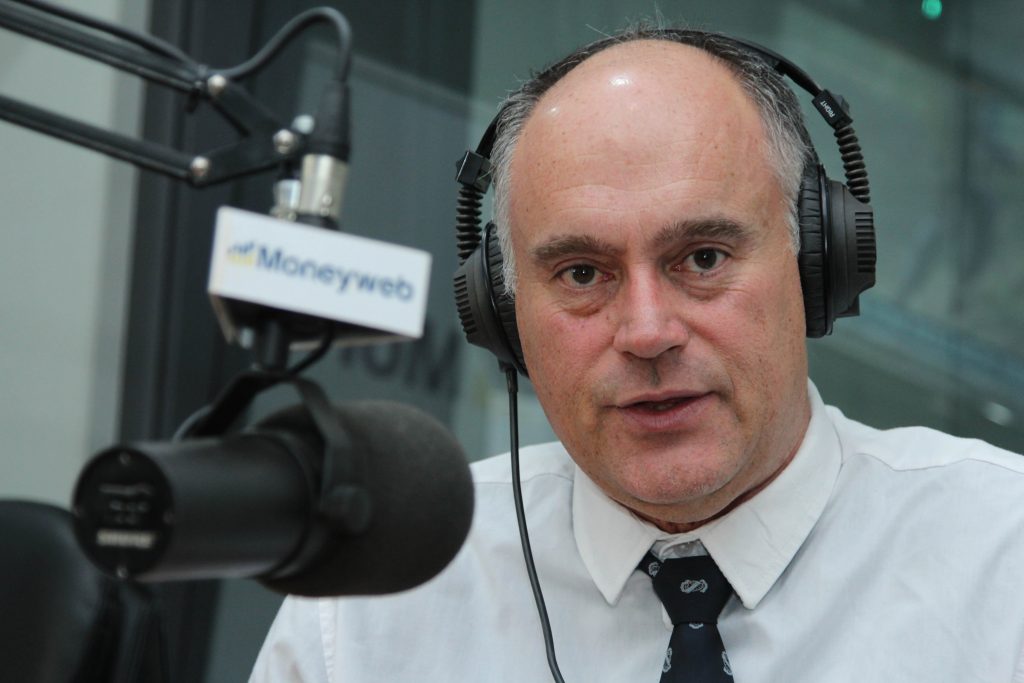
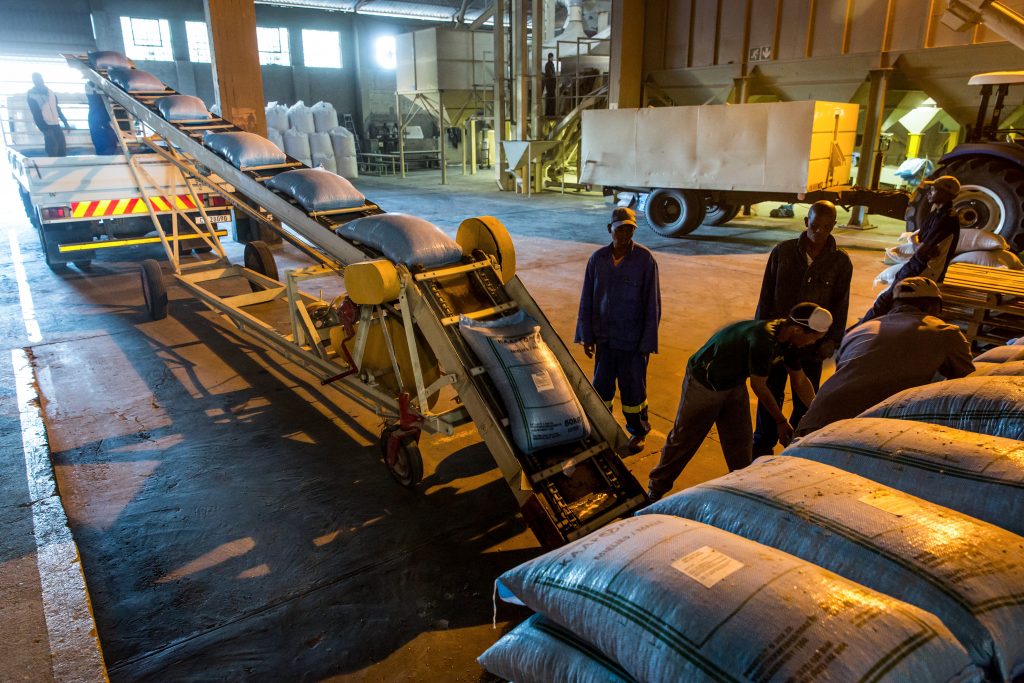
![[FULL SHOW] SA prepares for G20, questioning Prasa’s R7.5bn spend, and the impact of tariffs on SA’s auto sector](https://www.moneyweb.co.za/wp-content/uploads/2023/11/JimmyMoyaha-safm.jpg)






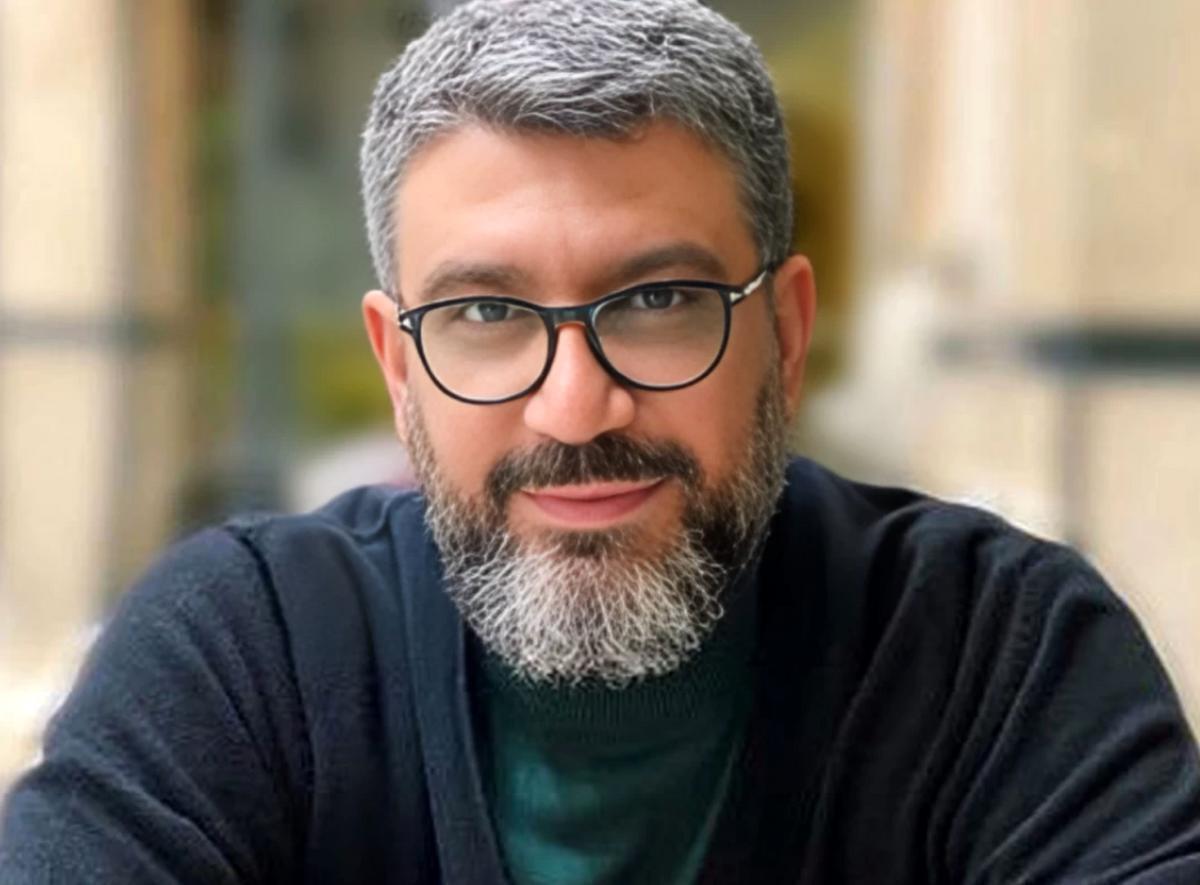
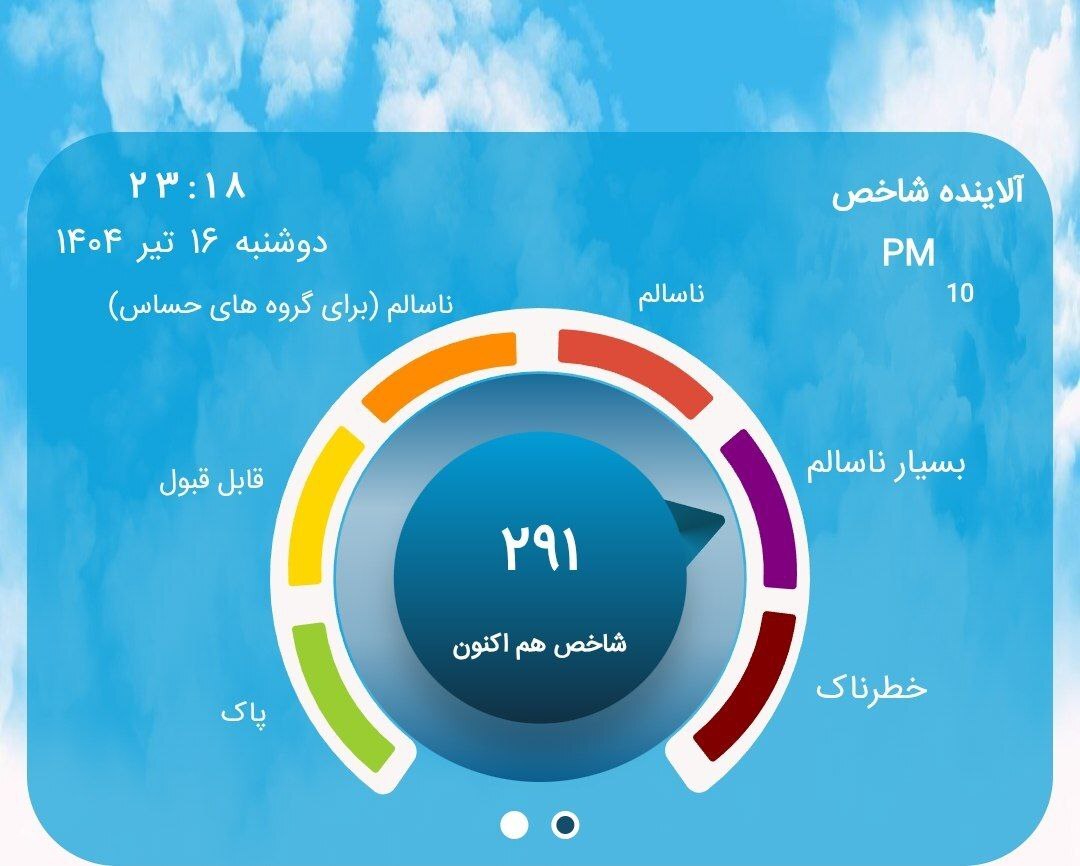
 English (US) ·
English (US) ·